Oslo at the National Theatre
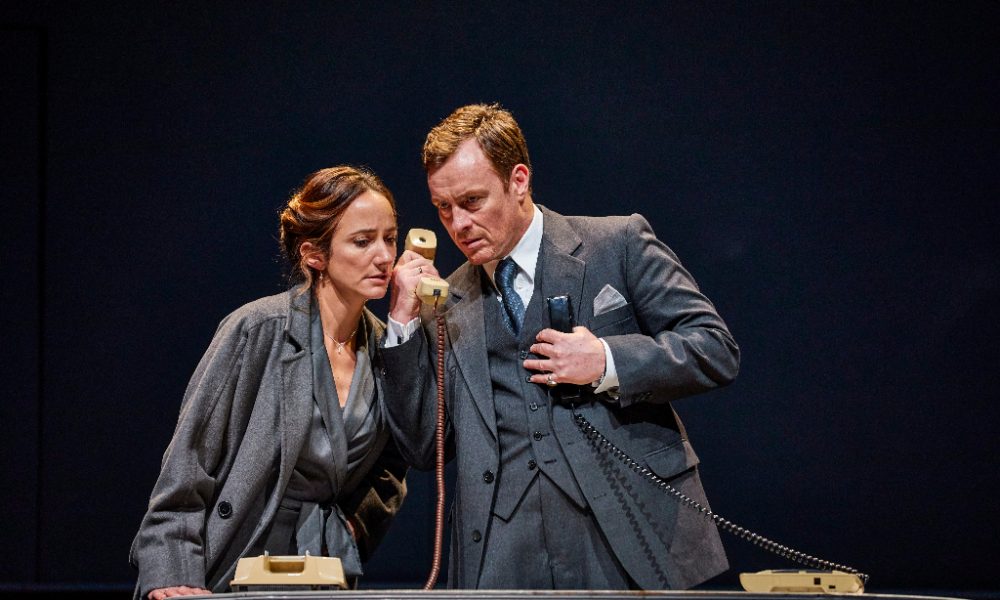
Imagine if an agreement was suddenly announced between the USA and North Korea, or Syrian rebels and the Assad government – in the current climate it’s unthinkable. Well so too in 1993, where Israel and Palestine seemed as far away from peace as they had ever been. That is until Yitzhak Rabin and Yasser Arafat shook hands on the White House lawn, the culmination of months of secret talks spearheaded by a pair of rogue Norwegian diplomats.
JT Rogers’s Broadway smash Oslo explores what exactly went on behind the scenes. The play is structured around Terje Rod-Larsen’s theory of gradualism, inching ahead with change by forging personal bonds between enemies. As the process becomes more successful, so does Oslo. While its humour is initially rooted in soft “theatre funnies”, once the barriers of nationhood start to fall the jokes become more satisfyingly character-based.
That feeds into Oslo’s triumph as a full-blooded ensemble piece. Of the myriad relationships the most compelling belongs to Philip Arditti’s Uri Savir and Peter Polycarpou’s Ahmed Qurie. It is the introduction of the former that takes the piece up a gear in the second act. Arditti gives a swaggering, awards-worthy performance, providing Polycarpou with a true sparring partner. The pair move from suspicion to grudging respect to genuine warmth, a metamorphosis crystallised in the show’s best scene, a snowy walk through Norwegian woods.
While the men get to snarl and reconcile, Lydia Leonard’s Mona Juul is too often reduced to an on-stage clock. It’s a shame, as Leonard’s restrained, intelligent performance provides an important counterpoint to the male ego smeared across the stage. That’s especially true in the scenes with Toby Stephen’s Terje, who leans a tad too hard into the play’s more farcical moments.
If Rogers’s script deals with a Game of Thrones-level number of moving chess pieces, other elements of the production aren’t quite as ambitious. Director Bartlett Sher and designer Michael Yeargan opt for clarity over theatricality. The expanse of the Lyttelton becomes a series of indistinguishable rooms, breeding a sense of claustrophobia akin to that which must have been felt by the negotiators. It’s hard not to wonder what a group like Complicite might have done with the play – The Kid Stays in the Picture at the Royal Court may have been a light on narrative clout, but it brought real, pulsating energy to the docudrama format that could have worked perfectly with Oslo.
Even a cursory knowledge of the conflict today means the tragic summary that closes the play comes as no surprise. Nevertheless, it’s reassuring to be reminded that against the odds progress can be made. Sometimes a sliver of light from an open door is all that can be hoped for.
Connor Campbell
Photo: Brinkhoff Mögenburg
Oslo is at the National Theatre from 5th until 23rd September 2017 and will transfer to the Harold Pinter Theatre from 2nd October until 30th December 2017. Book your tickets here.
Watch the trailer for Oslo here:

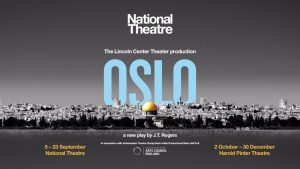

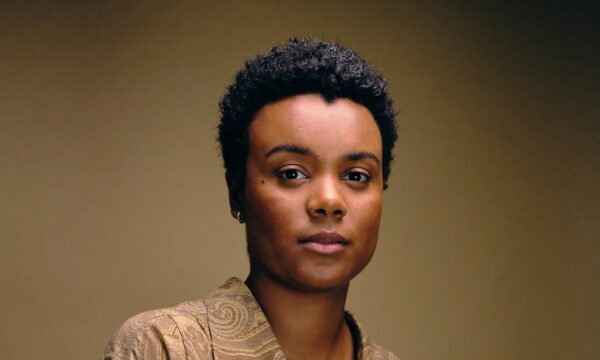

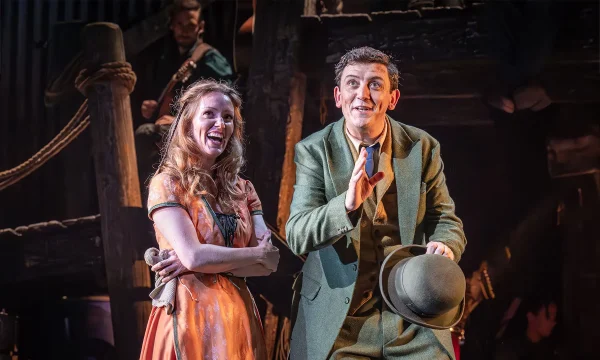
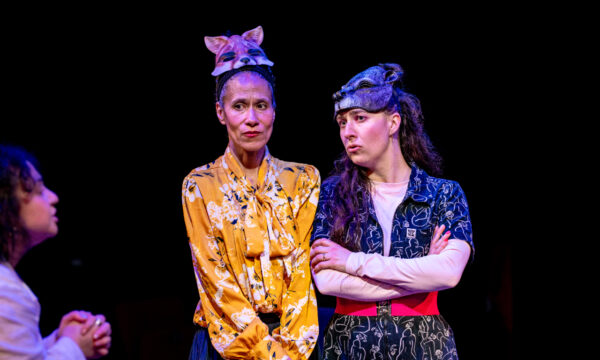
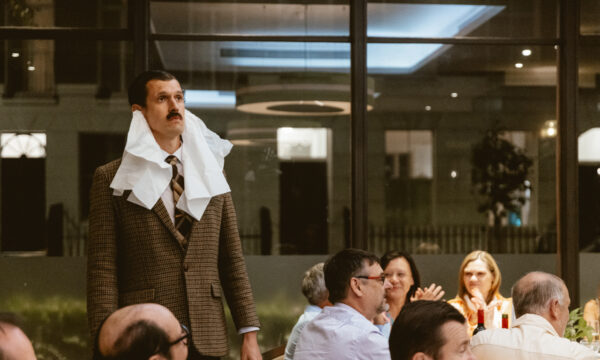
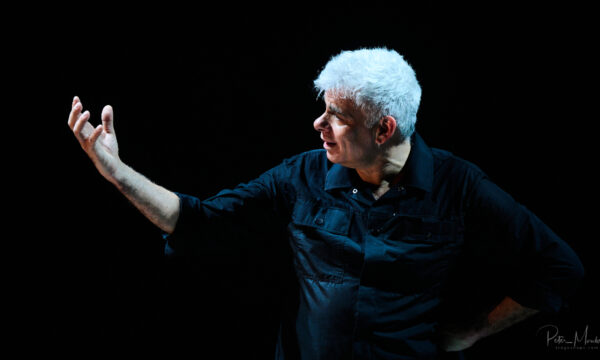
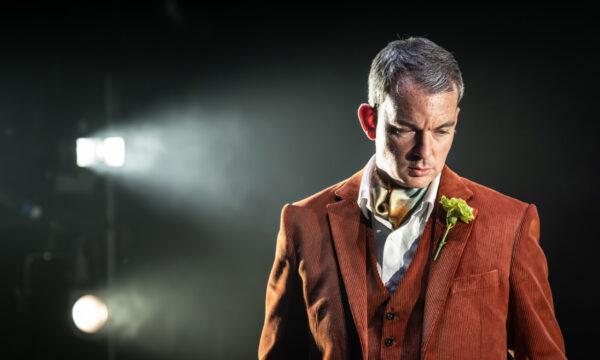
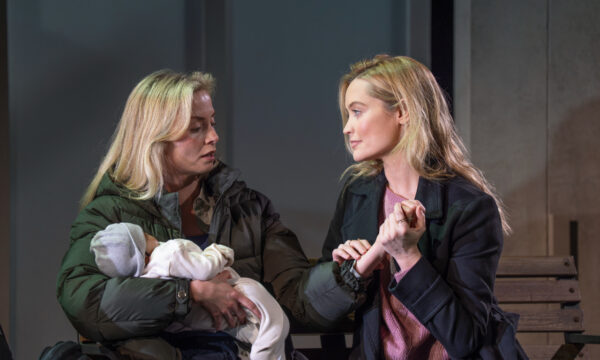








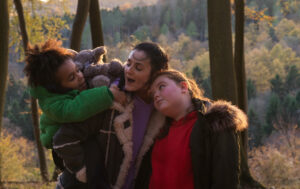





Facebook
Twitter
Instagram
YouTube
RSS